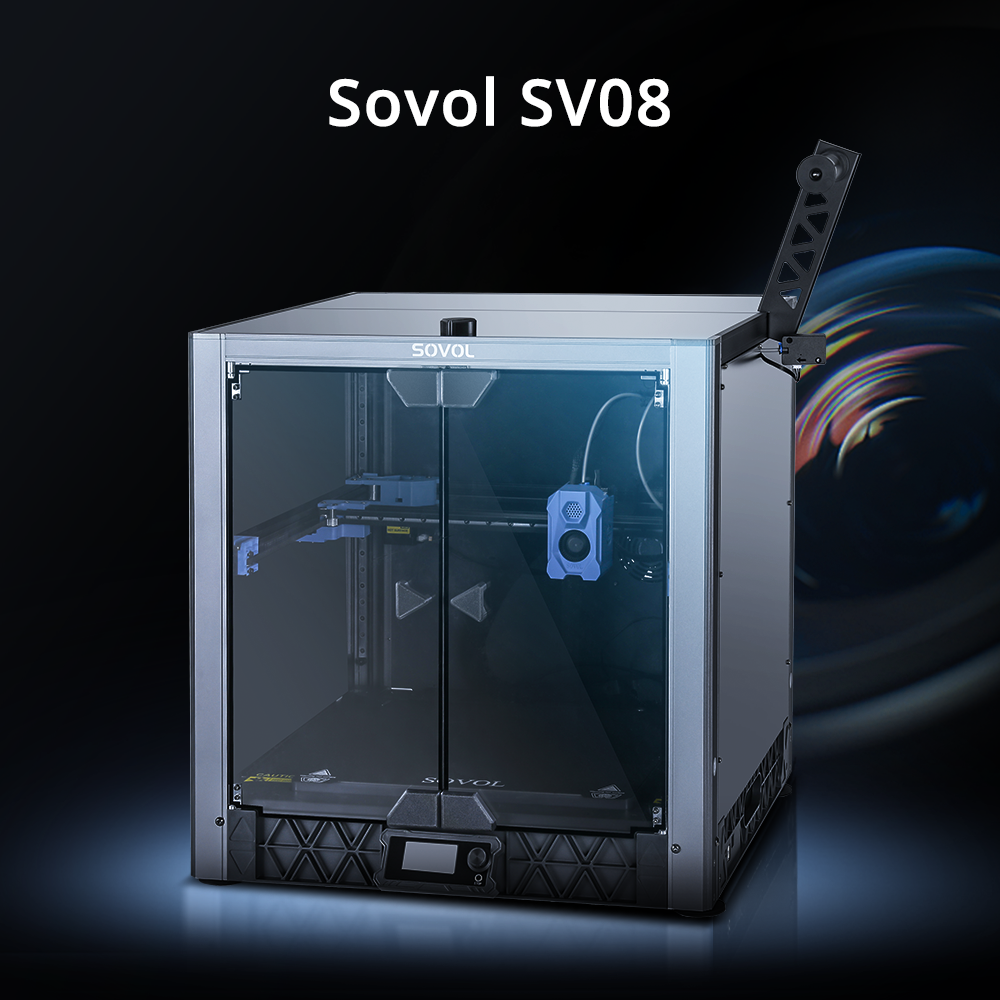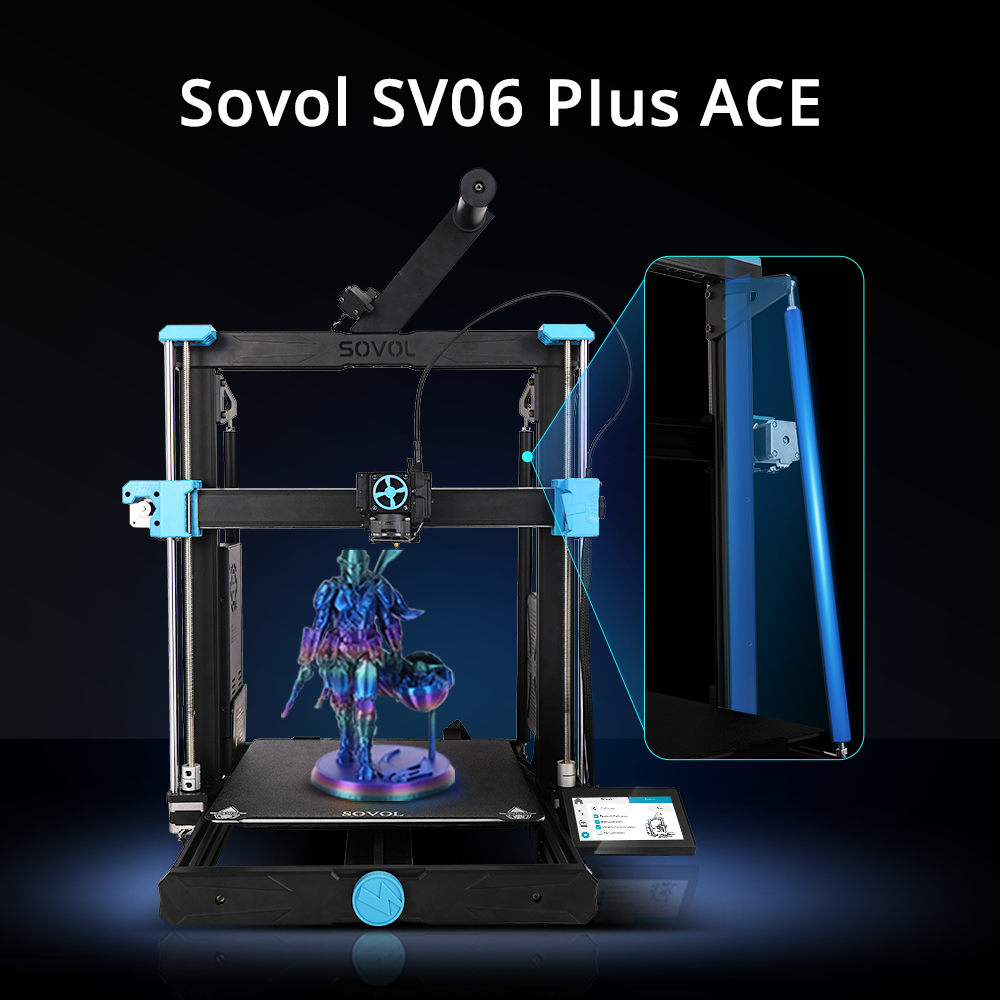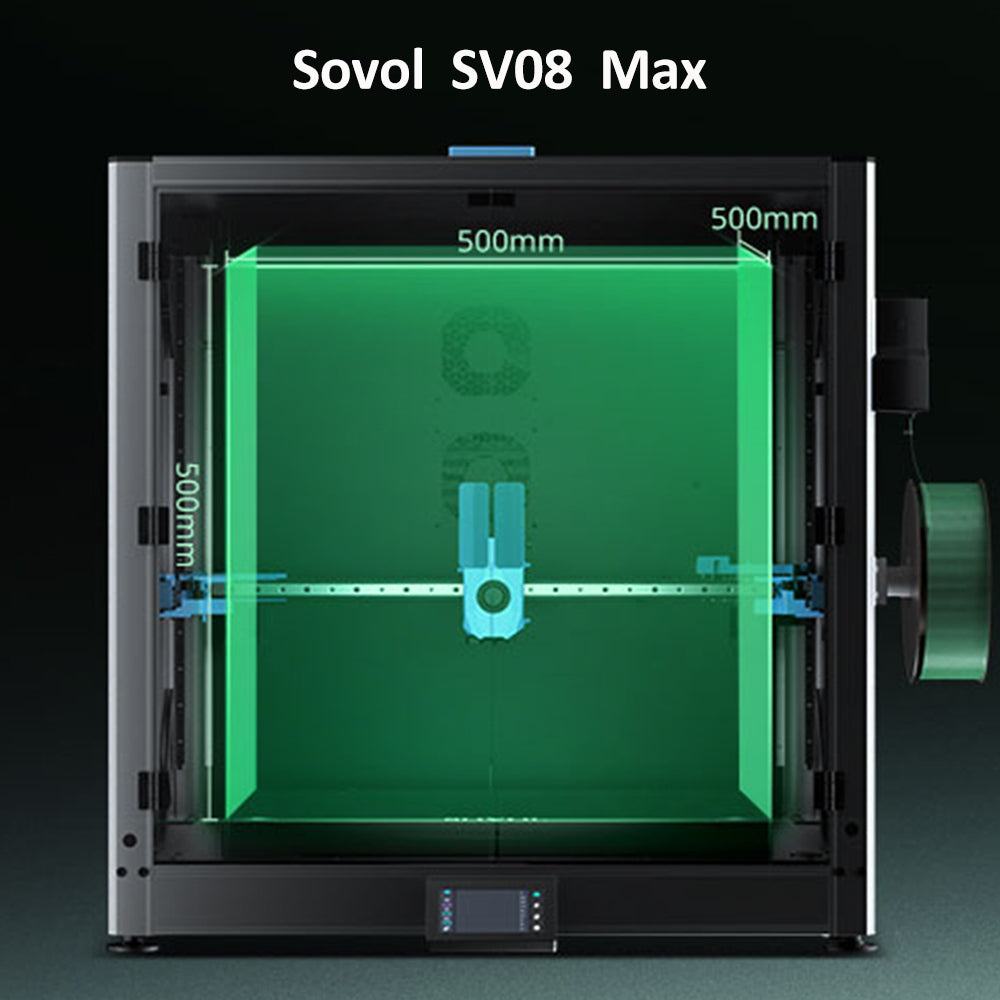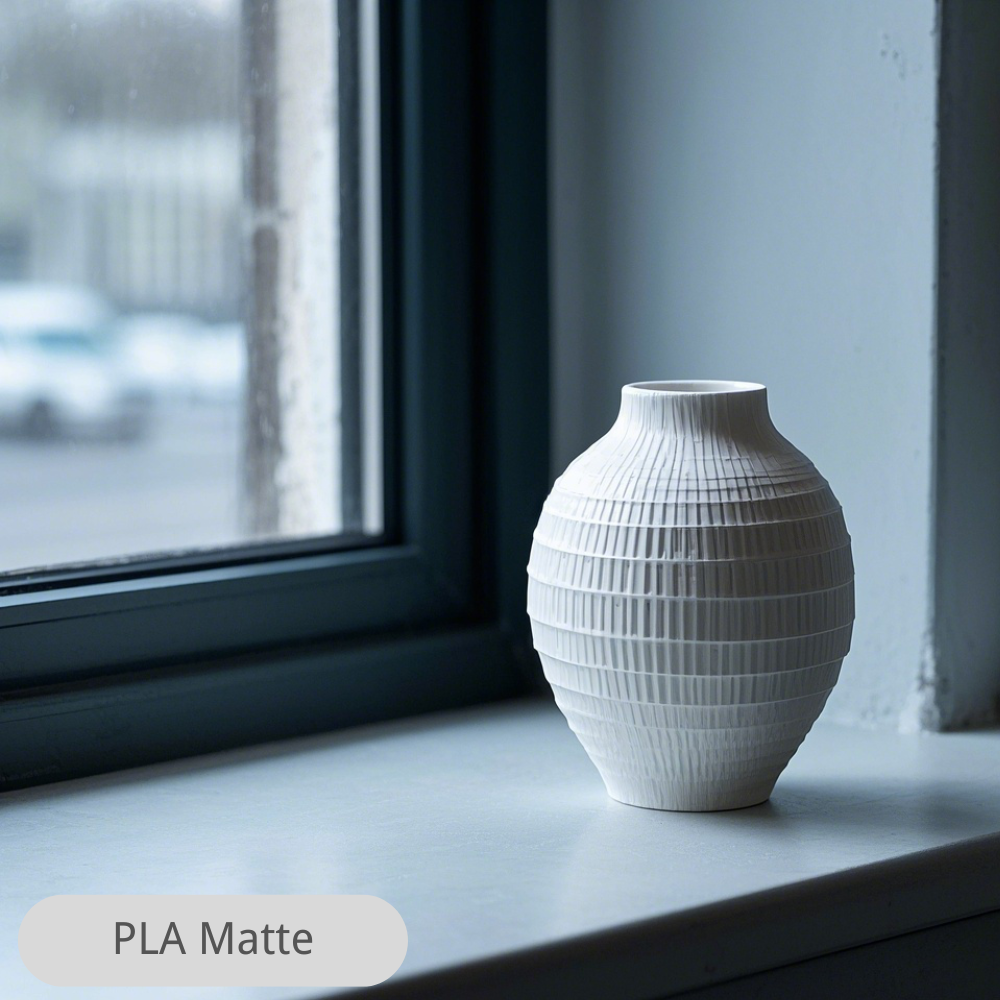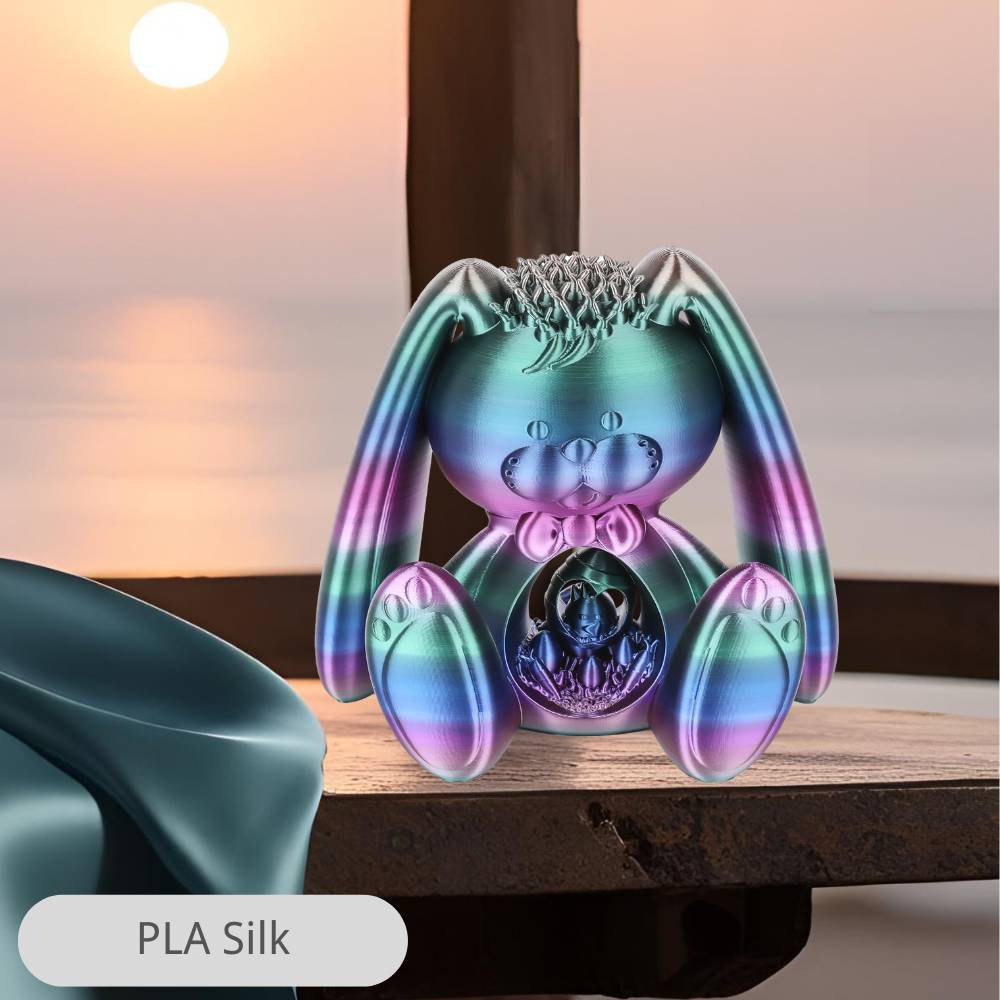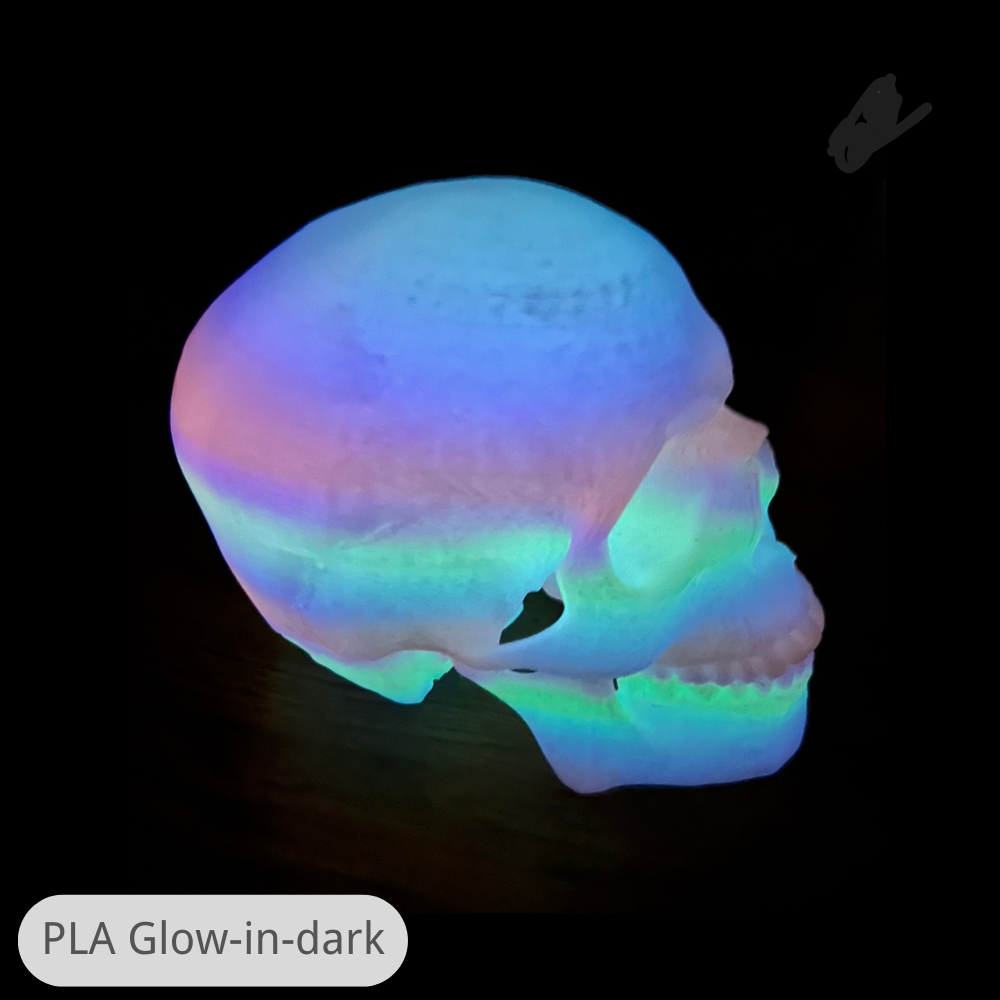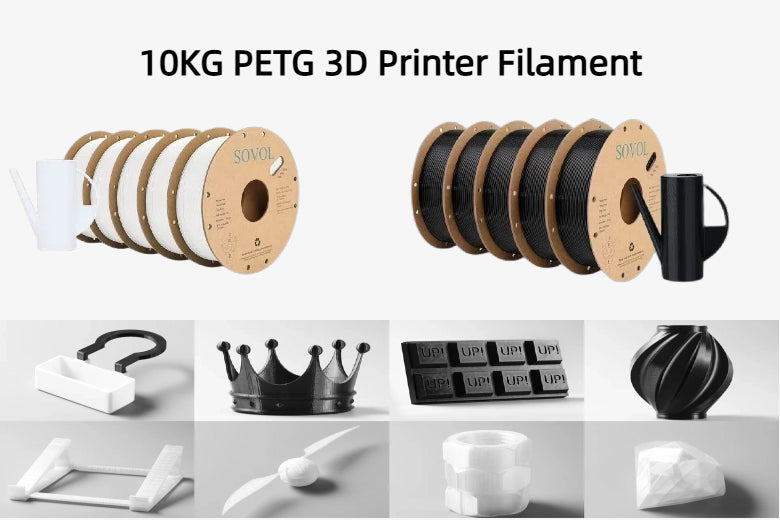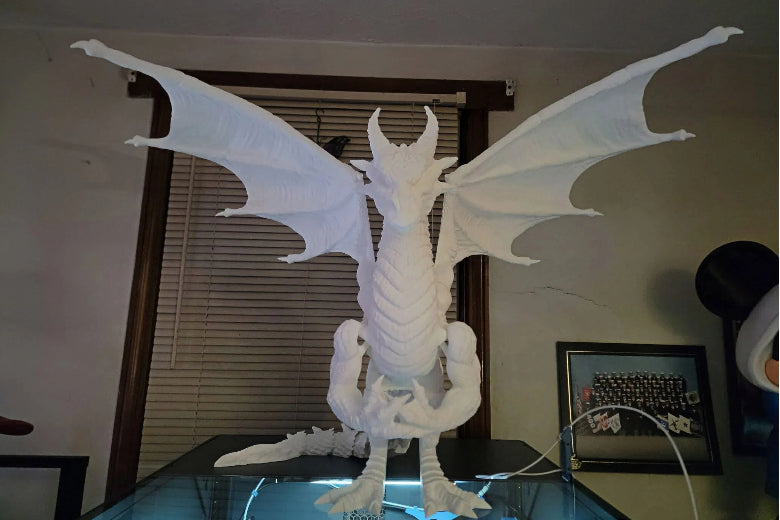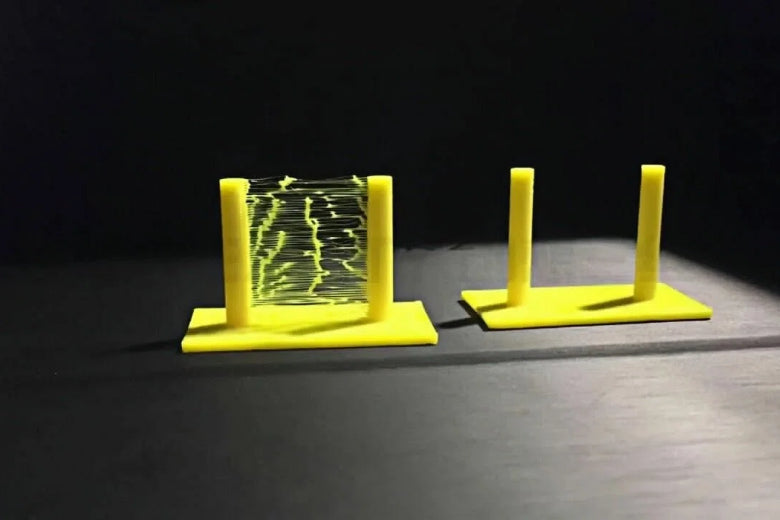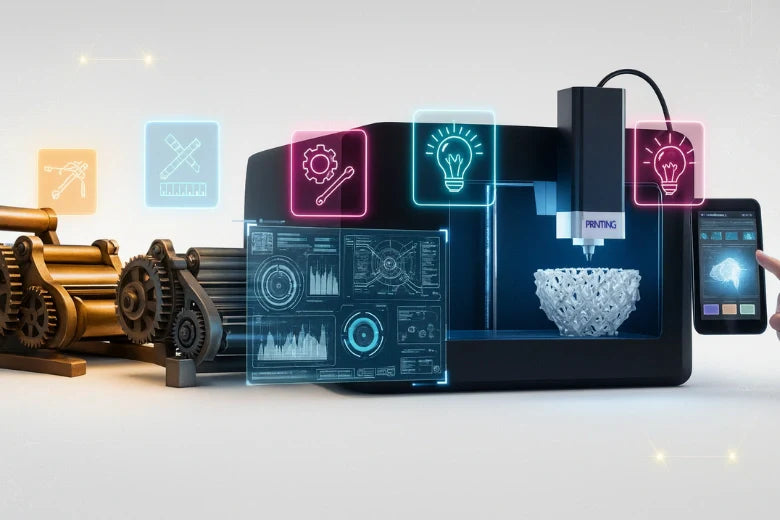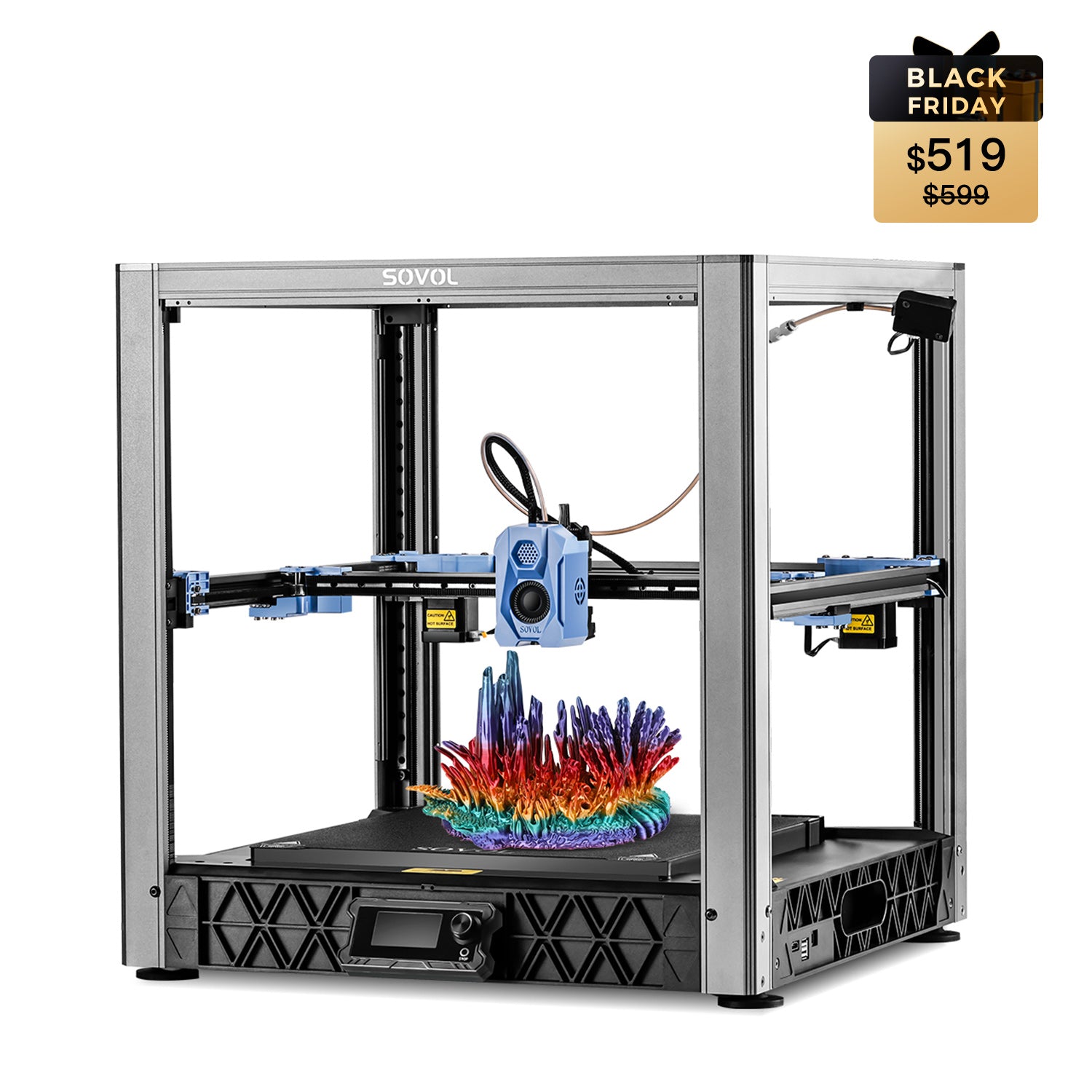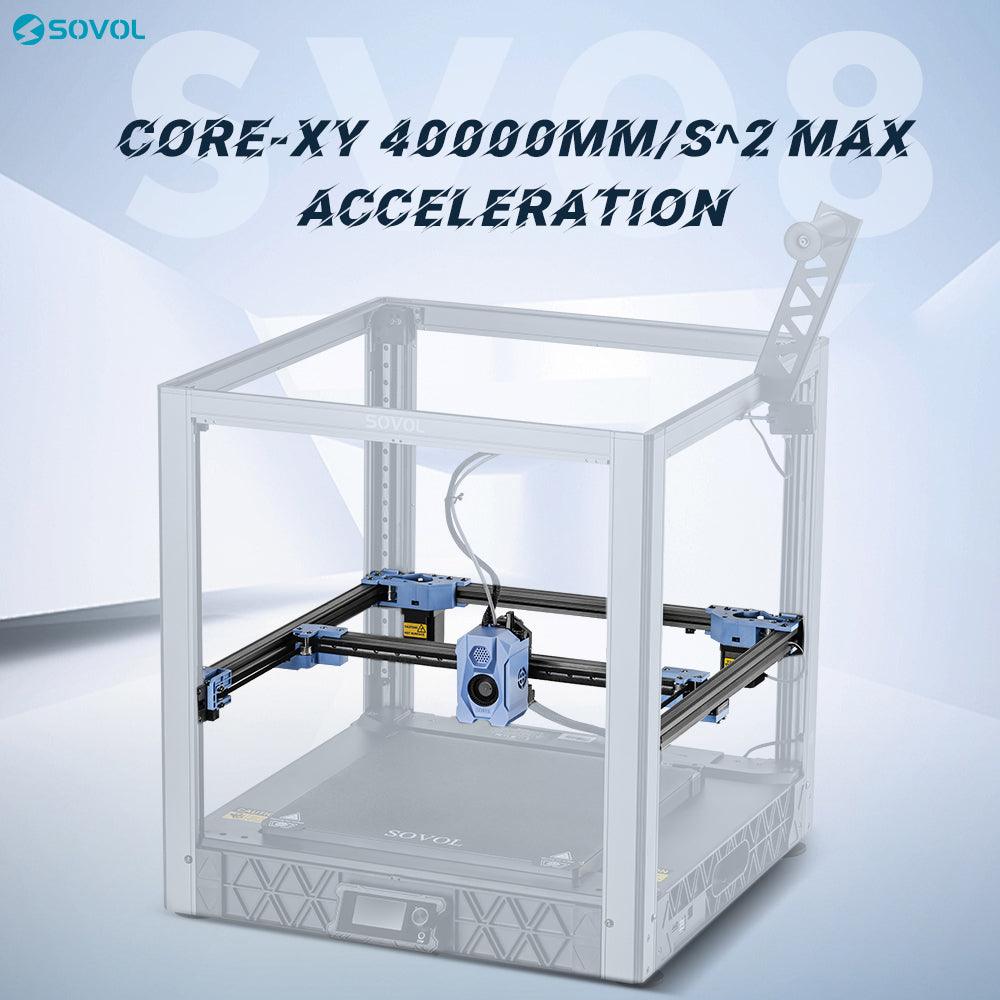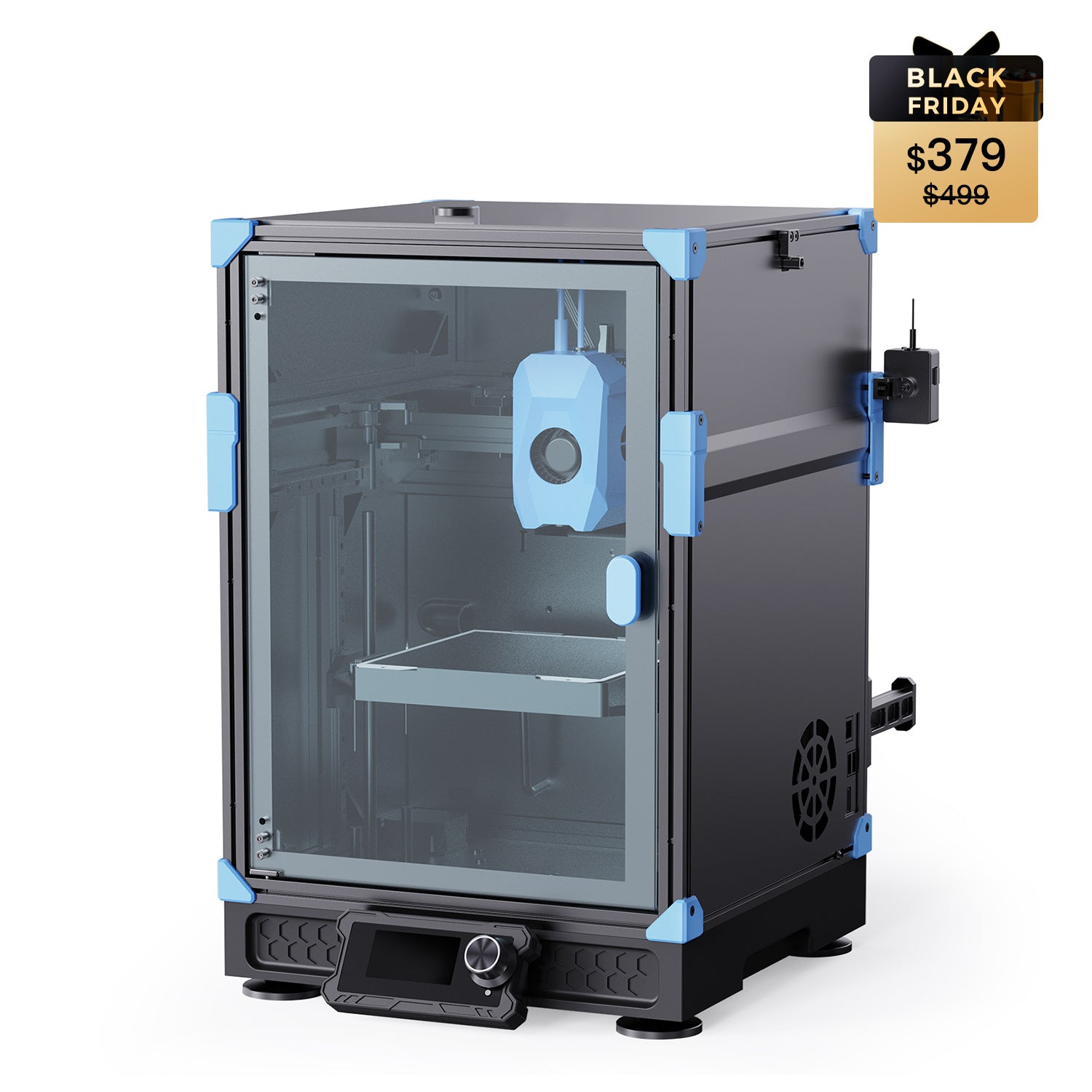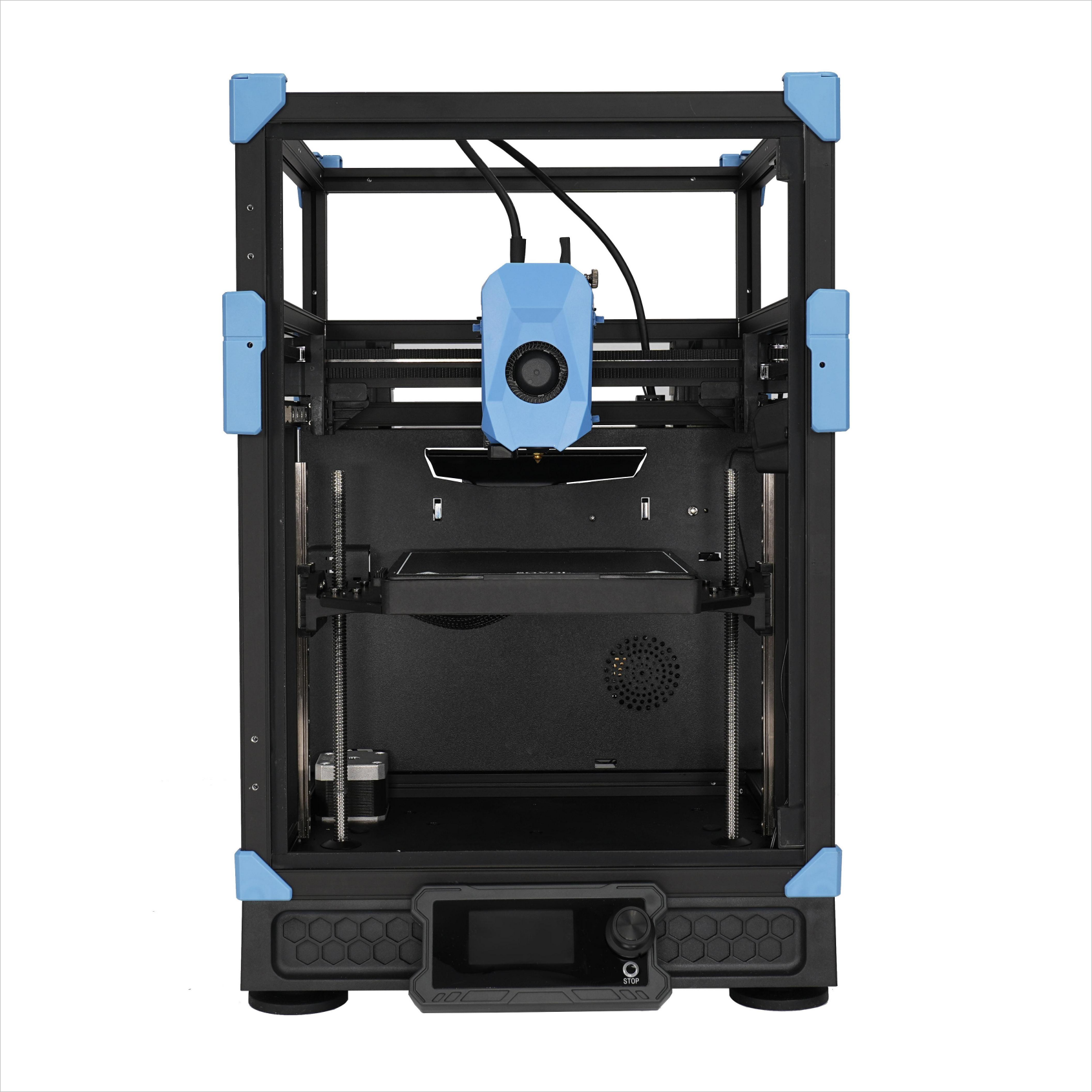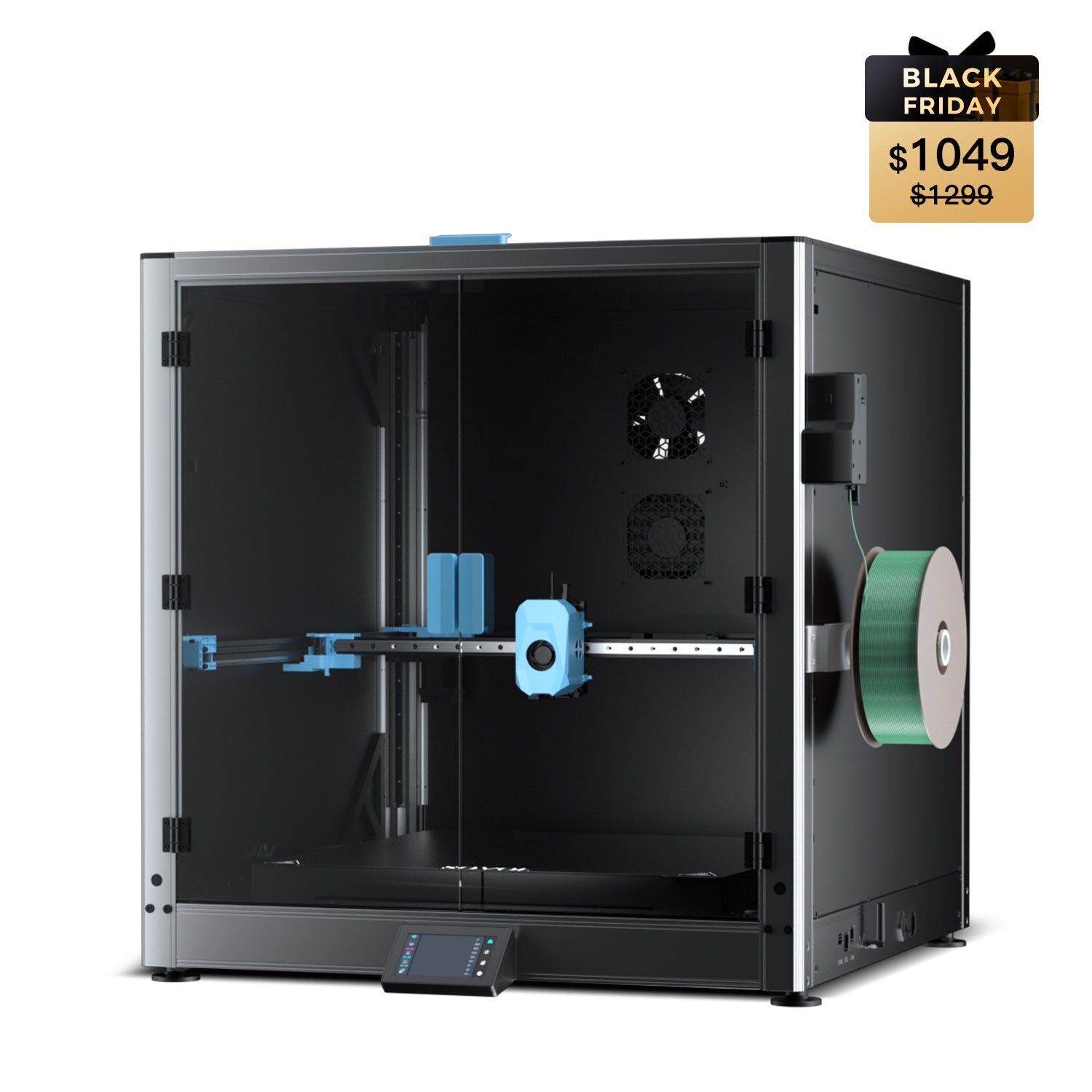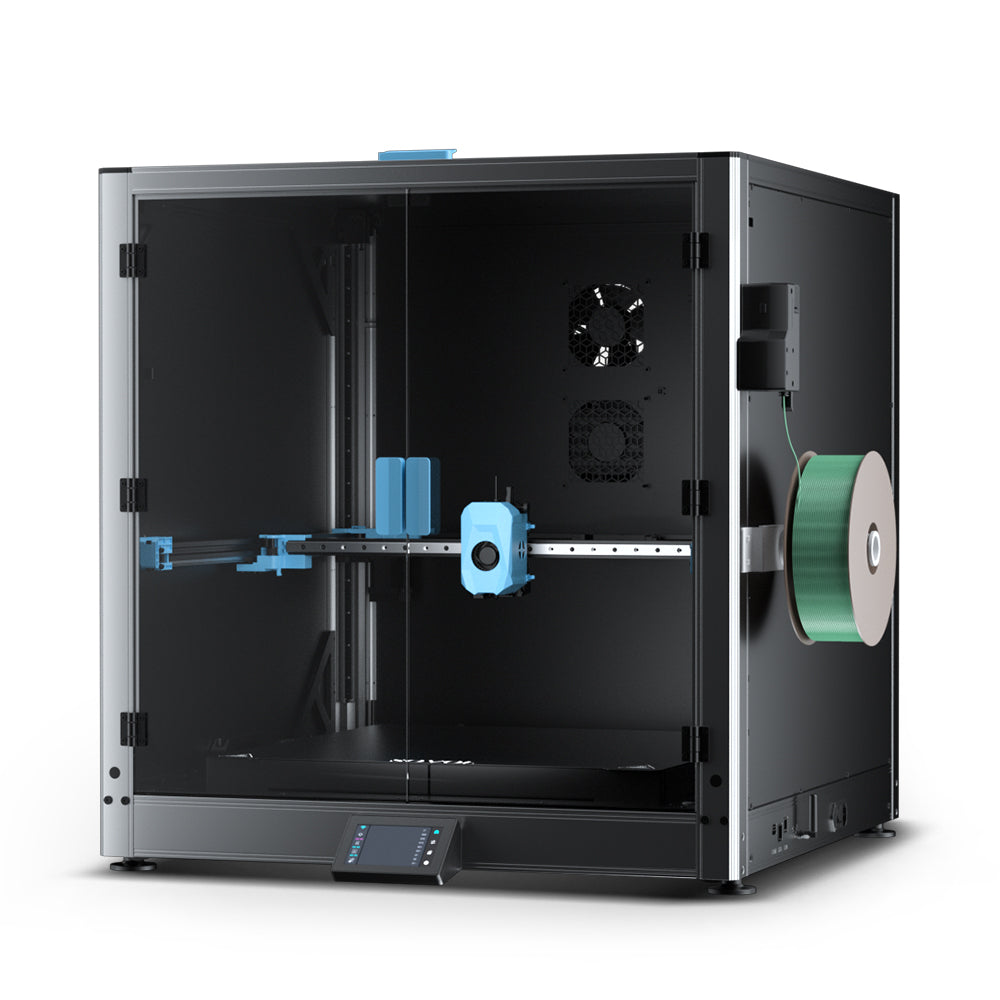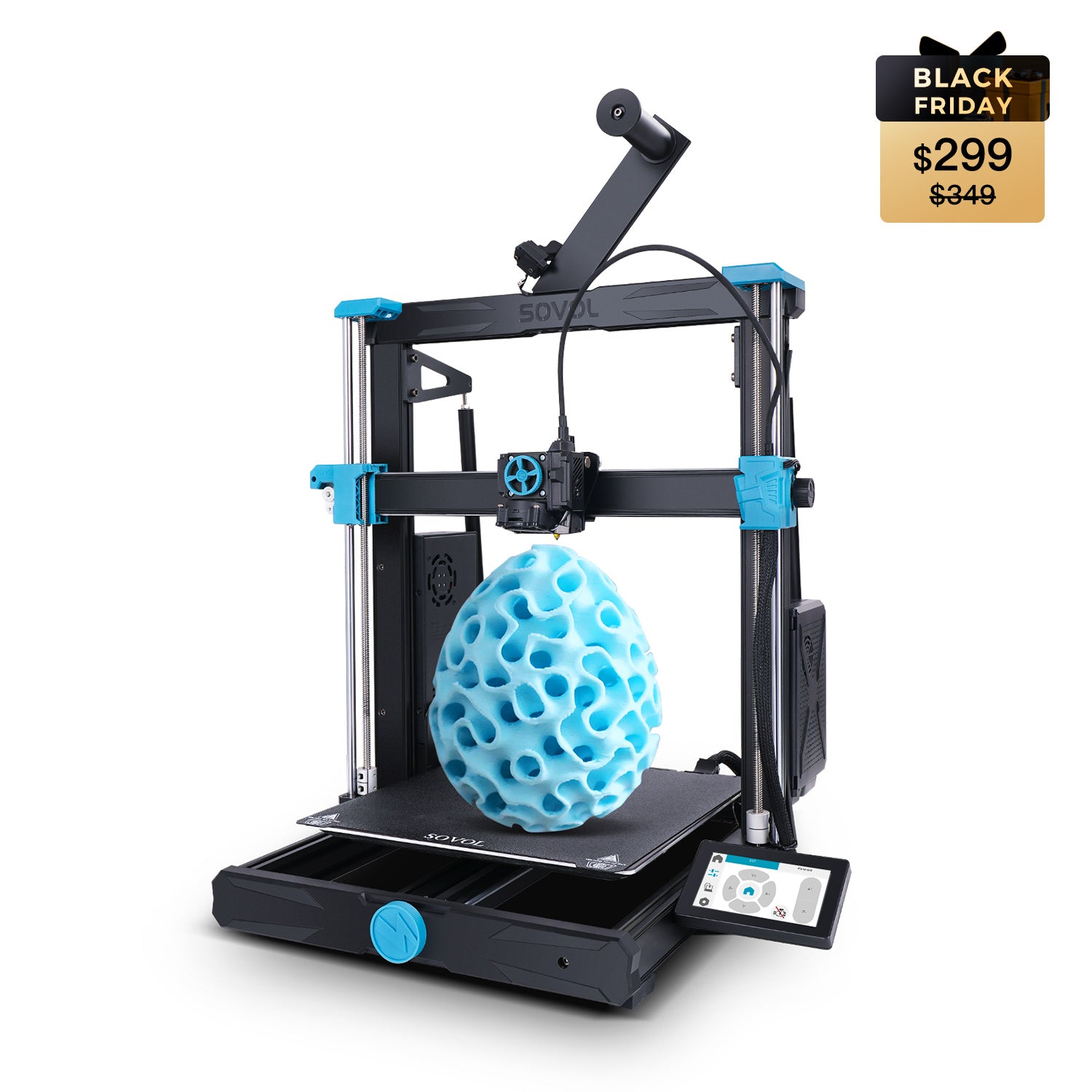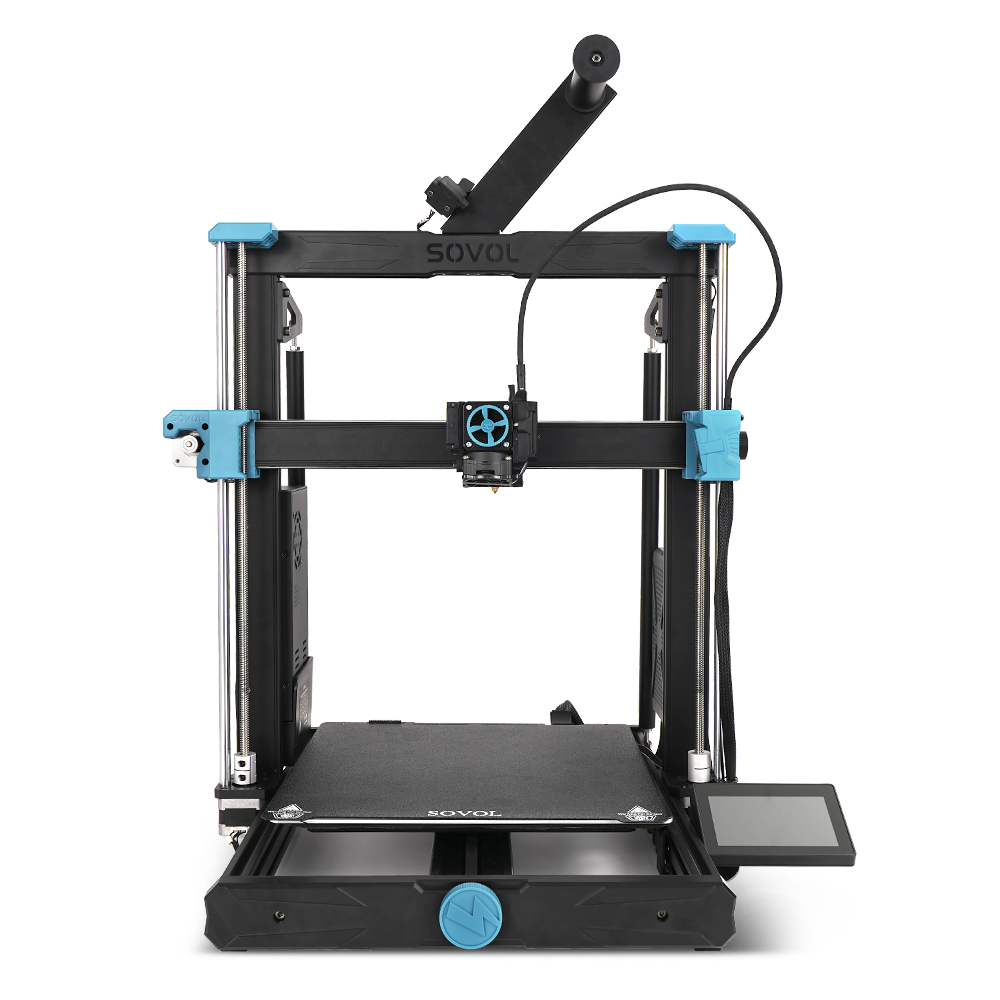When 3D printing, picking the right material can be tricky. PETG and PLA are popular choices, but they work differently. PETG is very strong and great for tough parts, making it ideal for high-temperature 3D printing applications. PLA is easy to use and perfect for beginners. For high heat printing or detailed designs, knowing their features helps. Understanding PETG and PLA makes choosing better for your projects.
Key Takeaways
- Pick PLA for simple printing and detailed designs. It’s great for beginners and projects that don’t need to be very strong.
- Use PETG for tough, bendable parts that handle heat and impacts well. It works best for outdoor use and working models.
- Know how each material reacts to heat. PLA melts at lower temperatures, but PETG stays solid in hot conditions.
- Think about cost and how easy it is to find. PLA costs less and is easy to buy, making it good for cheap projects.
- Combine PLA and PETG for the best results. Use PLA for looks and PETG for strength in tricky designs.
Comparing PLA and PETG: An Overview
What is PLA
PLA, short for polylactic acid, is a popular 3D printing material. It is made from natural resources like cornstarch or sugarcane. This makes it a good choice for people who care about the environment. PLA is easy to use, so it’s great for beginners and hobbyists.
PLA has a density of 1.1246 g/cm³ and a tensile strength of 57.15 MPa. These features help it create strong and detailed prints. But, PLA has a low fatigue limit of 13.5 MPa. This means it’s not the best for parts that face repeated stress.
In 3D printing, PLA is often used for prototypes, decorations, and packaging. Fused Deposition Modeling (FDM) printers use PLA because it’s cheap and easy to find. The food industry also uses PLA for eco-friendly packaging, showing how versatile it is.
Tip: If you’re new to 3D printing or making simple items, PLA is a smart choice.
What is PETG
PETG stands for polyethylene terephthalate glycol-modified. It is a strong plastic that mixes ABS’s toughness with PLA’s easy printing. PETG is less likely to break than PLA and handles impacts well. This makes it great for outdoor and functional parts.
PETG is elastic and tough, so it handles stress better than PLA. It also resists water and chemicals, making it useful in tough environments. Unlike PLA, PETG can handle higher heat without bending, which gives it more uses.
PETG is used in industries that need strong and flexible materials. For example, it’s common in food packaging because it makes sturdy, clear containers.
Note: PETG is a great pick for durable, weatherproof parts, especially for outdoor or functional projects.
Strength and Durability: PETG vs PLA
Tensile Strength
PLA is stronger than PETG when it comes to tensile strength. PLA has about 65 MPa, making it great for stiff and solid parts. PETG has a lower tensile strength of around 50 MPa. However, PETG is more flexible, so it bends without breaking.
|
Material |
Tensile Strength (MPa) |
Brittleness |
Flexibility |
Temperature Resistance |
|---|---|---|---|---|
|
PLA |
65 |
Very brittle |
Less flexible |
Softens at ~60-65°C |
|
PETG |
50 |
Less brittle |
More flexible |
Handles higher temperatures |
PLA works well for firm parts like frames or supports. PETG is better for parts that need to bend or handle stress.
Tip: Use PLA for stiff parts that won’t bend. Choose PETG for flexible parts that face stress.
Impact Resistance
Impact resistance shows how well a material handles shocks or hits. PETG is better at this, especially in the XY direction, with a range of 7–14 kJ/m². PLA has a lower impact resistance of about 7 kJ/m². This makes PETG better for parts that might drop or collide.
- PLA’s impact resistance: ~7 kJ/m²
- PETG’s impact resistance:
- XY direction: 7–14 kJ/m²
- Z direction: 2–7 kJ/m²
PETG’s strength depends on how it’s printed, especially in the Z direction. For parts needing high shock resistance, PETG is the best choice. PLA, with its steady layer bonding, is good for simple or decorative items.
Note: PETG is great for strong, outdoor parts. PLA is better for light, indoor designs.
Long-Term Durability
How long a material lasts depends on heat, water, and sunlight. PETG lasts longer than PLA in tough conditions. It resists water and chemicals, so it stays strong in wet or harsh places. PLA, being eco-friendly, breaks down faster in sunlight or moisture.
PETG’s heat and chemical resistance make it perfect for outdoor tools or weatherproof items. PLA is better for indoor or short-term projects.
Tip: Pick PETG for projects that need to last a long time. Use PLA for quick or indoor tasks.
High-Temperature 3D Printing and Heat Resistance
Heat Deflection Temperature
Knowing how materials handle heat is very important. Heat deflection temperature shows if a material bends under heat and stress. PLA and PETG react differently to heat.
PLA softens fast when it gets hotter than 50°C. This makes it bad for hot projects. Heating PLA to 90°C can make it resist heat better. PETG improves when heated to 110°C. It naturally handles heat well, making it better for hot tasks.
|
Material |
Annealing Temperature |
Heat Deflection Temperature Improvement |
|---|---|---|
|
PLA |
90 °C (194 °F) |
Big improvement |
|
PETG |
110 °C (230 °F) |
Starts improving |
For projects with heat, PETG is safer. It stays strong and doesn’t bend easily.
Suitability for High-Temperature Environments
Picking the right material for hot places depends on how it lasts in heat. PLA bends easily when it’s hotter than 50°C. This limits its use for hot tasks. PETG can handle higher heat without losing its shape.
|
Material |
Heat Resistance Characteristics |
|---|---|
|
PLA |
Bends at over 50°C, not good for hot tasks |
|
PETG |
Handles heat well, keeps its shape in hot places |
PETG works well for outdoor tools, car parts, and tough jobs. It resists heat and chemicals better than PLA. If you need something strong for hot conditions, PETG is the best choice.
Tip: Use PETG for projects in heat or sunlight. It lasts longer and performs better.
Printability and Adhesion: PETG and PLA
Ease of Printing
PLA is easier to print and great for beginners. It needs lower temperatures, around 210°C to 240°C. This lowers the chance of clogs or overheating. PLA also avoids problems like stringing or oozing. This makes it perfect for new 3D printing users.
PETG needs higher temperatures, between 240°C and 270°C. It is strong and flexible but harder to print. PETG often strings, so retraction settings need adjusting.
If you’re new or want simple printing, choose PLA. If you can adjust settings, PETG makes strong, useful prints.
Bed Adhesion and Warping
Good bed adhesion helps prints stick well. PLA sticks to surfaces like glass or painter’s tape. But at low temperatures, it might not stick enough. PETG sticks better to surfaces like PEI sheets or textured beds.
Warping happens when prints don’t stay flat. PLA warps less and doesn’t need a heated bed. PETG sticks well but can warp if the bed isn’t 70°C to 90°C. A heated bed or glue stick can stop this.
For strong sticking and less warping, PETG works well. For easy and simple prints, PLA is better.
Printer Compatibility
Most FDM printers work with both PLA and PETG. PLA prints fine with regular nozzles and doesn’t need special parts. PETG needs higher heat, so an all-metal hotend is helpful.
|
Filament Type |
Printer Compatibility |
Nozzle Compatibility |
AMS Compatibility |
Recommended |
Temperature Range |
|---|---|---|---|---|---|
|
PLA |
Works with most |
Standard nozzles |
Not needed |
Bambu PLA-CF |
|
|
PETG |
Works with most |
Standard nozzles |
Not needed |
Bambu PETG-CF |
240 - 270°C |
For basic printers, PLA is easy and reliable. For advanced printers, PETG makes tougher, more durable parts.
Surface Quality and Detail: PETG vs PLA
Finish and Smoothness
PLA gives a smoother and shinier finish than PETG. It prints at lower temperatures (190–220°C), which helps layers stick better and reduces visible lines. This makes PLA great for decorative items or models where looks are important. PETG, however, prints at higher temperatures (240–265°C) and can leave a rougher surface with more stringing.
To get the best results, adjust your print settings. For PLA, use a speed of 60–150 mm/s and a layer height of 0.1–0.3 mm. PETG needs slower speeds, under 60 mm/s, to avoid flaws. Cooling fans help both materials. Set the fan to 30–60% after the first few layers for better surface quality.
|
Material |
Bed Temperature |
Print Speed |
Layer Height |
Retraction Settings |
Fan & Cooling |
|
|---|---|---|---|---|---|---|
|
PLA |
190-220°C |
30-60°C |
60-150 mm/s |
0.1-0.3 mm |
Adjust for stringing |
30-60% after first layers |
|
PETG |
240-265°C |
70-75°C |
≤ 60 mm/s |
N/A |
3-7 mm, 20 mm/s |
30-60% after first layers |
If you want a polished look, PLA is the best choice. PETG may not be as smooth but is stronger, making it better for functional parts where looks matter less.
Ability to Capture Fine Details
PLA is better at printing small, detailed designs. It flows easily at lower temperatures, creating sharp edges and precise features. This makes it ideal for tiny models or complex shapes. PETG can print details too, but its thicker flow and stringing make it harder to capture fine features.
For example, PLA works well for thin walls or delicate patterns, keeping them sharp and accurate. PETG might need extra adjustments, like setting retraction to 3–7 mm at 20 mm/s, to reduce stringing and improve detail. Even so, PETG’s strength and flexibility make it better for parts that need to handle stress, even if details aren’t as sharp.
Tip: Choose PLA for projects needing high detail and precision. Use PETG for strong parts where details are less important.
Cost and Availability of PLA and PETG
Price Comparison
When picking between PLA and PETG, cost matters a lot. PLA is cheaper, making it great for beginners and hobbyists. PETG costs more but is tougher and more flexible. This makes it worth the price for strong parts.
|
Material |
|
|---|---|
|
PLA |
$12–$20 per kg |
|
PETG |
$15–$25 per kg |
PLA is perfect for prototypes and decorations because it’s affordable. PETG costs more due to its strength and resistance to impacts and chemicals. If you need cheap material, choose PLA. For durable parts, PETG is a better deal.
Tip: Use PLA for low-cost prints. Pick PETG for strong, lasting designs.
Accessibility of Materials
Both PLA and PETG are easy to find in stores and online. PLA is popular because it’s eco-friendly and simple to use. Schools and beginners often choose it. PETG is strong and versatile, making it useful for industries like healthcare and automotive.
PETG resists chemicals and is clear, so it’s good for medical tools and food containers. Its durability makes it great for tough jobs. PLA is still the best for quick and easy prints, while PETG works well for outdoor and demanding tasks.
You can buy both materials from most 3D printing suppliers. PLA is stocked more because it’s cheaper. PETG may need special suppliers for advanced uses.
Note: For everyday printing, PLA is easier to find. PETG is also available but may need specific stores for special projects.
Use Cases for PETG and PLA
PLA for Prototyping and Decorative Items
PLA is great for projects needing smooth looks and easy printing. It makes detailed designs and is perfect for prototypes or decorations. Use PLA to test ideas quickly when strength isn’t needed. Its low cost and wide availability make it ideal for trying new designs.
For decorations, PLA works well because of its bright colors and fine detail. Artists use it for sculptures, ornaments, and creative items. Schools also use PLA for hands-on tools like math models or science kits.
|
Sector |
Example Use |
|---|---|
|
Healthcare |
Prosthetic limbs and surgical models, like a prosthetic hand for amputees. |
|
Education |
Math and science models for hands-on learning in schools. |
|
Art |
Multi-colored sculptures, like a life-sized exhibit piece. |
Tip: Pick PLA for prototypes or decorative items that don’t need to handle stress or tough conditions.
PETG for Functional and Outdoor Parts
PETG is best for strong parts that resist water, heat, and sunlight. It’s tough and flexible, making it great for outdoor tools or functional prototypes. Unlike PLA, PETG lasts longer in harsh environments.
Use PETG for brackets, gears, or protective covers. It’s also good for garden tools, car parts, or anything exposed to weather. PETG’s impact resistance helps parts survive drops or stress without breaking.
PETG is also used in healthcare and food packaging. Its chemical resistance and clear finish make it ideal for medical tools and sturdy containers.
Note: Choose PETG for projects needing strength, flexibility, and durability in tough conditions.
Hybrid Use Cases
Sometimes, using both PLA and PETG can improve your project. PLA can be used for the outer design, while PETG adds strength to functional parts. This mix balances cost, looks, and durability.
For example, a decorative lamp could have a PLA shell for color and smoothness. PETG could be used for the inside supports to handle heat and keep it stable. In prototyping, PLA works for early designs, while PETG is better for the final strong version.
Tip: Combine PLA and PETG creatively to get the best results for your projects.
Picking PETG or PLA depends on what your project needs. PETG is tough, handles sunlight, and resists impacts. This makes it great for outdoor and strong parts. It costs more than PLA, but it works better in hard conditions. PLA is cheaper and easier for beginners. It’s simple to use and makes detailed prints, perfect for decorations or prototypes.
- PETG: Best for durable, flexible, and outdoor parts.
- PLA: Ideal for cheap, easy-to-print, and detailed designs.
For 3D printing, choose PETG for strength and flexibility. Pick PLA for simple and low-cost projects. Knowing their features helps you pick the right material for your needs.
FAQ
What makes PLA and PETG different?
PLA is simple to print and good for decorations. PETG is stronger and handles stress better. Use PLA for easy projects and PETG for tough parts.
Are PLA and PETG recyclable?
Both can be recycled, but PLA breaks down easier. PETG lasts longer and isn’t as eco-friendly. If you care about the planet, pick PLA.
Which is better for outdoor projects?
PETG works better outside. It resists water, heat, and sunlight. PLA doesn’t last long in bad weather, so use it indoors.
Is PETG harder to print than PLA?
Yes, PETG needs higher heat and careful settings. PLA prints easily at lower temperatures, making it great for beginners.
Can I use PLA and PETG together?
Yes, you can mix them. Use PLA for looks and PETG for strength. This combo works well for tricky designs.

